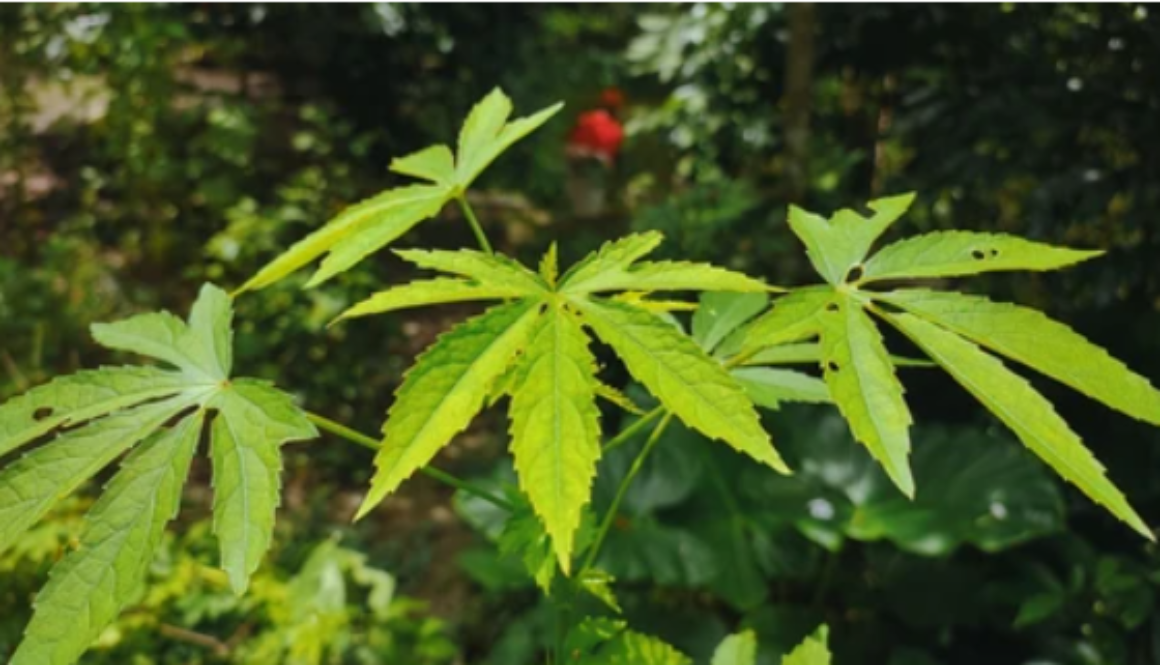Kenaf
Kenaf, scientifically known as Hibiscus cannabinus, is a fast-growing annual plant native to Africa and Asia. It belongs to the Hibiscus genus and is cultivated primarily for its versatile fibers, which have a wide range of industrial and commercial applications. Kenaf is gaining attention as a sustainable alternative to traditional fiber crops due to its rapid growth and eco-friendly properties.
Part Used: The primary part of the kenaf plant used commercially is its fibrous stalks. These stalks contain long, strong fibers that are used to produce a variety of products, including paper, textiles, biodegradable plastics, and building materials. The fibers are extracted from the stalks through a process called retting, which involves soaking the stalks in water to break down the outer layer and separate the fibers.
Usage: Kenaf fibers are valued for their strength, durability, and sustainability, making them ideal for a wide range of applications. In the paper industry, kenaf fibers are used to produce high-quality paper products, including newsprint, cardboard, and specialty papers. In textiles, kenaf fibers are blended with other natural or synthetic fibers to create fabrics for clothing, upholstery, and industrial textiles. Additionally, kenaf fibers are used in the production of biodegradable plastics, insulation materials, and construction composites.
Agrotechniques: Cultivating kenaf is relatively straightforward, as the plant is adaptable to a variety of soil types and growing conditions. Kenaf thrives in warm, tropical climates with well-drained soil and ample sunlight. It can be grown as a rotation crop or intercropped with other crops to maximize land use efficiency. Kenaf seeds are sown directly in the field, and the plants require regular watering and fertilization to promote healthy growth.

